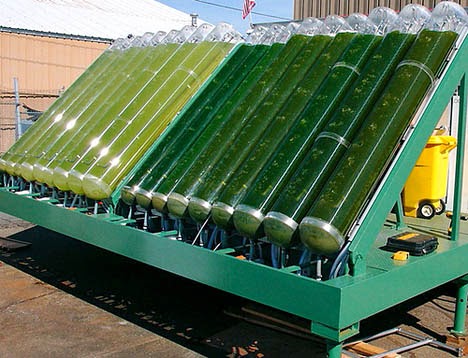This shows tissue of smooth muscle at 400x magnification.
smooth muscle tissue is made up of individual cells long from 20 mM to 0.5 mm with a central oval nucleus evident. The smooth muscle is under the control of the autonomic nervous system and the endocrine system. The smooth muscle tissue generates two types of contraction, a "rhythmic", where you detect periodic pulses that spread in all the tissue, and a "tonic", which gives the walls visceral a state of partial contraction said "muscle tone" . Generally, in this muscle tissue we find a contraction speed lower than the other tissues, with the ability, however, to maintain it for a long time and with a relatively low energy expenditure. The smooth muscle cells, depending on their function, assume a different spatial location. In the vessels have a circular pattern, so as to create a set of rings that can facilitate the rhythmic movement. In the viscera and in large hollow organs, however, the smooth muscle cells, take, generally, a circular, inner, and one, perpendicular to the first, in longitudinal arrangement, more external. This organization allows a better grip of the viscera and facilitates the movement of the contents of the gut in its path, thanks to the peristaltic movements of the wall. In some hollow organs, such as the urinary bladder and the uterus, the laminae muscle assume a less regular pattern and form a dense network so as to have, in addition to the function of support and typical shrinkage of each muscle tissue, also the task of facilitating the extension in space and therefore to increase the capacity of the containment body itself. This type of muscle tissue is said "flexiform".















